The one-arm strict barbell press is a challenging press that will build strength and muscle stability. Pavel recommended the side press in Power to the People! and this stricter variation is a valuable addition to your strength training regimen.
The prehabilitation and rehabilitation benefits of the strict barbell press are tremendous as the grip and stabilizing muscles work together. Being free to move along all three dimensions, it strengthens the rotator cuff muscles and reinforces good positioning. This movement can be started from the rack or the floor without any spotters or special equipment.
One issue with this movement is that the barbell might weigh too much to start (most barbells are 15 to 20kg or 35 to 45lbs). It is okay to grab a curl bar to start for lighter weights. Whatever bar you use, the length provides difficulty due to the potential of extra tilting. For beginners who try it without the required tightness, it can be quite discouraging the first few times. Thus, it might be good to practice the skill with a much lighter weight first and then build up (good for humility).
I recommend you invest in a good set of barbell clips. Particularly the aluminum weightlifting clamps, not the spring type that you see at many commercial gyms. These collars don’t add a lot of extra weight, but they really lock the weight in place if you start to tilt the bar.
How to do it.
1. If you do not have a squat rack, start by tilting the bar straight up using two hands. Reach down and grab the center of the barbell with one hand. Put the other hand a little higher up on the bar to help balance it as you stand up. Stay tight as you allow the bar to get back to the horizontal position as you stand up. If you have a squat rack, place your one hand in the center of the barbell and your other hand on top to help balance the bar as you stand up, then take a step out of the rack.
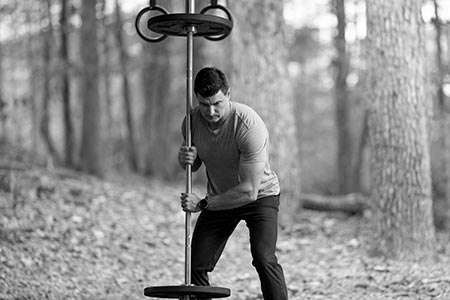
2. Lift your kneecaps up (i.e., tighten your thighs), squeeze your glutes (think of holding a coin between your cheeks), and try to bring your belly button toward your face (i.e., tighten your abs). At the same time, move your other arm to the side and crush the grip on that free hand to help build tension throughout your body.
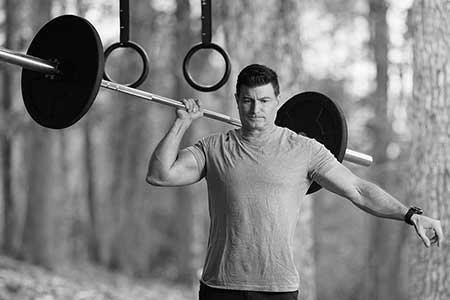
3. Each person will have a slightly different pressing path that is most comfortable. For some people, they might externally rotate at the beginning of the movement. For others, it might stay very internally rotated. A good start would be to slightly rotate the barbell so that it is at a 45-degree angle from your body. This will give you a bit of external rotation at the shoulder. When rotating the bar, make sure to do it slowly as the length of the bar can give the weight extra momentum. Although the bar might rotate during the movement for some advanced lifters, I don’t recommend it for most people as it is tough to control a rotating barbell.
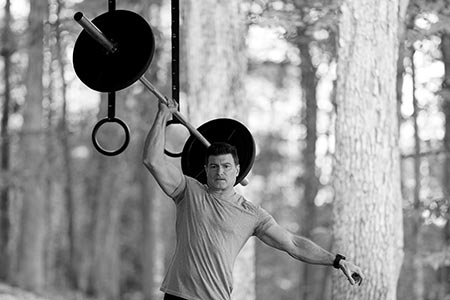
4. Press the bar straight up. This is a strict press, not a side press. Thus, do not put too much lean into the body. If you do lean (because of heavy weight), lean slightly to the opposite side, not back.
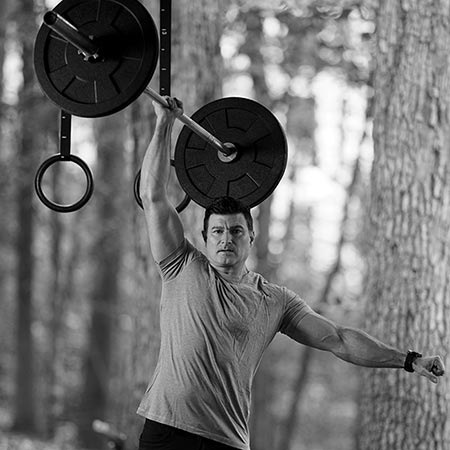
How often to do it.
I have often gone back to strict one-arm barbell presses after slight shoulder strains. I see it as further engraining my groove and building the stabilizer muscles. It goes well with get-ups or bottoms-up presses to build resilient shoulders.
As you progress, these presses could be done on a strict diet of strength training. The 48kg kettlebell is often considered a rite of passage. However, I think a 20kg bar with 15kg plates is a great alternative challenge. Once you learn the requisite tightness with the barbell, there is no reason that you cannot do these presses with heavier weights.
Here is a full video demonstration and explanation of the one arm barbell press.
(To learn the most important barbell skills, please check out our StrongFirst Barbell Fundamentals online course.)
Bonus Skill: One-Arm Barbell Get-Up
If one-arm barbell presses are good, maybe one-arm barbell get-ups are even better. The change in stability with the 7-foot barbell makes get-ups even more difficult–in a good way. It is important to challenge the stabilizer muscles as you move through the range of the get-up. Sandbags and other strange objects can also challenge the shoulder stability in different ways, and challenging the system is important.
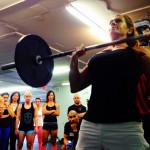
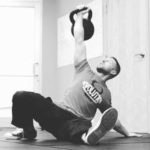

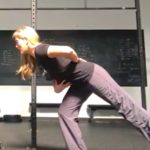


Friends, you may wish to join the ongoing thread started by this article – it’s on our forum here:
https://www.strongfirst.com/community/threads/1-arm-barbell-standing-strict-press-anyone.19070/
I have used the lift for years. Now at age 60 i find it great for maintaining shoulder integrity and strength. I also use it for overhead carries. Great explanation.
Excellent Craig! Thank you.
Thanks Cole. I hope you are well!
I tried it and like it a lot.
Will program it from time to time in the future.
Good to read from you.
You look Strong!
Thanks Roland.
Thanks so much for this, Craig – I’m about to head to my basement gym and give it a try. Really appreciate the level of detail in your explanations.
Thanks Steve for the kind words.